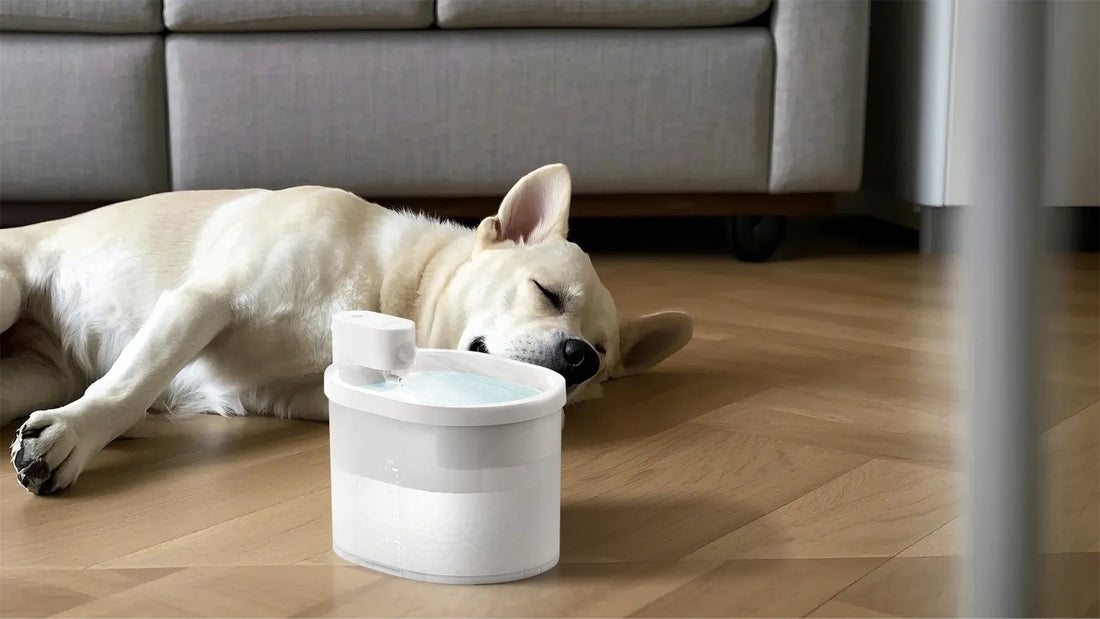Puppies are bundles of joy, but their nutritional needs are vastly different from adult dogs. Knowing when to stop feeding puppies puppy food is crucial for their growth and long-term health. Transitioning too early or too late can lead to developmental issues, so it’s essential to get the timing right. This guide will walk you through everything you need to know about making the switch.
Understanding Puppy Food
Puppy food is specially formulated to meet the unique nutritional needs of growing dogs. It contains higher levels of protein, fat, and essential vitamins and minerals to support rapid growth, strong bones, and a healthy immune system. Unlike adult dog food, puppy food is designed to provide the extra energy and nutrients puppies require during their first year of life.
When to Make the Transition
The timing of when to stop feeding puppies puppy food depends on their breed, size, and overall development. Small breeds typically mature faster than larger breeds, so they can transition to adult food earlier. Here’s a general guideline:
- Small Breeds: Transition between 9 to 12 months of age.
- Medium Breeds: Transition between 12 to 14 months of age.
- Large Breeds: Transition between 14 to 18 months of age.
Always consult your veterinarian to determine the best timing for your specific puppy.
Signs Your Puppy is Ready for Adult Food
While age is a good indicator, it’s not the only factor to consider. Here are some signs that your puppy may be ready to switch to adult food:
- They have reached their full height and weight.
- Their energy levels have stabilized.
- They are no longer experiencing rapid growth spurts.
If you’re unsure, your vet can assess your puppy’s growth and recommend the right time to transition.
Risks of Transitioning Too Early or Too Late
Switching to adult food too early can deprive your puppy of essential nutrients needed for proper development. On the other hand, feeding puppy food for too long can lead to obesity and other health issues, especially in larger breeds. It’s important to strike the right balance to ensure your puppy grows into a healthy adult dog.
How to Transition to Adult Food
When it’s time to make the switch, do it gradually to avoid upsetting your puppy’s stomach. Follow these steps:
- Start Slowly: Mix a small amount of adult food with their puppy food.
- Increase Gradually: Over the course of 7 to 10 days, gradually increase the proportion of adult food.
- Monitor Their Reaction: Watch for any signs of digestive upset, such as diarrhea or vomiting.
If your puppy experiences any issues, slow down the transition process or consult your vet.
Choosing the Right Adult Food
Not all adult dog foods are created equal. Look for a high-quality option that meets your dog’s specific needs based on their size, activity level, and any health concerns. Reading the ingredient list and nutritional information can help you make an informed decision.
Common Questions About Puppy Food Transition
Here are answers to some frequently asked questions about when to stop feeding puppies puppy food:
- Can I switch to adult food if my puppy is still growing? It’s best to wait until your puppy has fully matured to ensure they get all the nutrients they need.
- What if my puppy doesn’t like the new food? Try mixing in a small amount of wet food or a topper to make the transition more appealing.
- How do I know if the adult food is working? Monitor your dog’s energy levels, coat condition, and overall health to ensure they’re thriving on the new diet.
Final Thoughts
Knowing when to stop feeding puppies puppy food is a critical step in ensuring your furry friend grows into a healthy, happy adult dog. By paying attention to their growth, consulting your vet, and making the transition gradually, you can set your puppy up for a lifetime of good health. Remember, every puppy is unique, so take the time to understand their specific needs and make the switch at the right time.

![[🎃Halloween Sale]UAHPET Stainless Steel Self-Cleaning Cat Litter Box](http://www.uahpet.com/cdn/shop/files/1-cat-litter-box.jpg?v=1759128420&width=1600)












